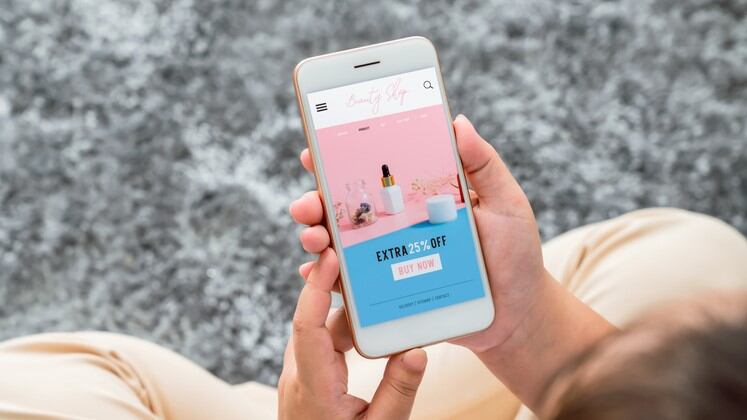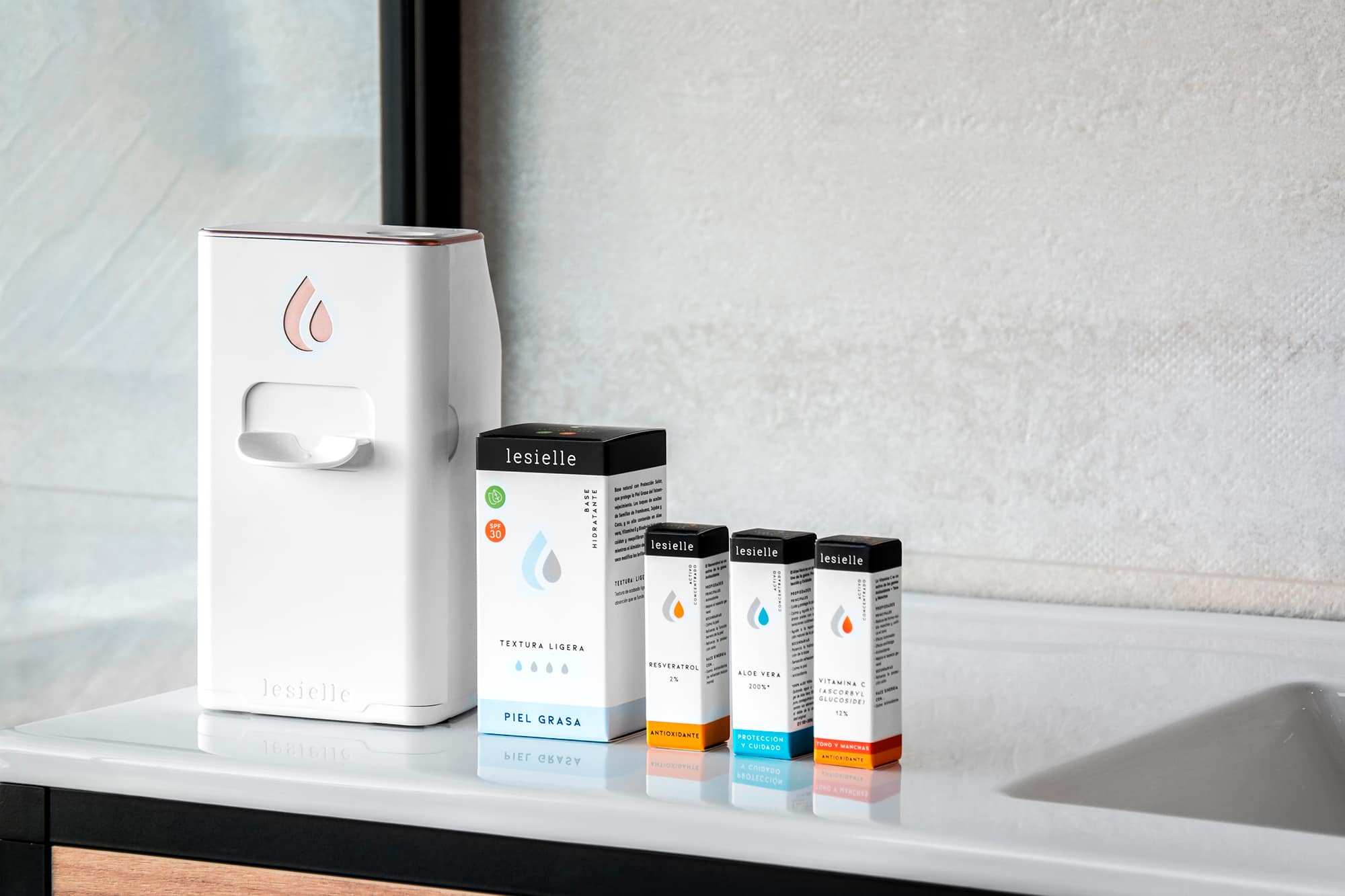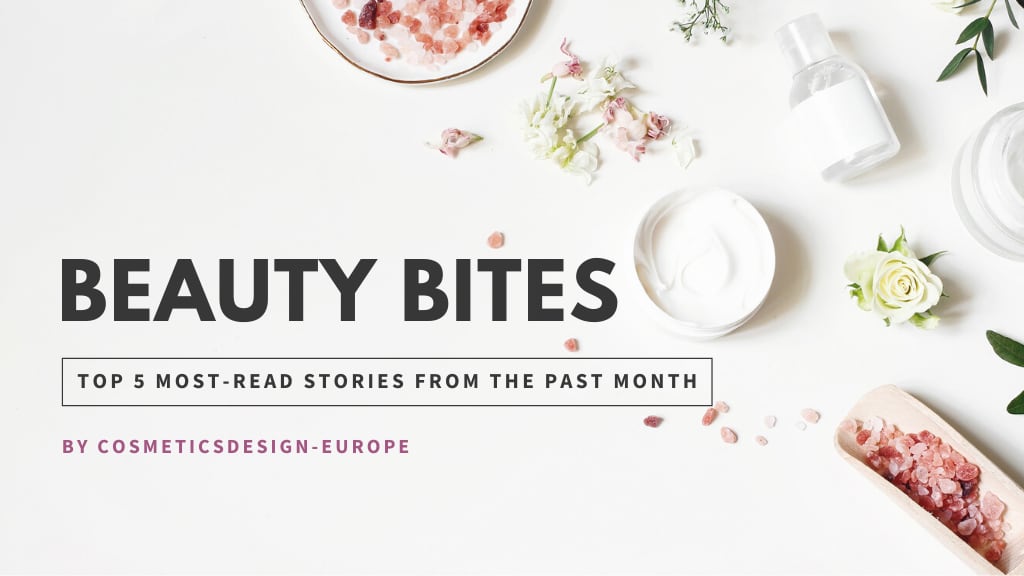One year on from when the COVID-19 pandemic truly took hold, consumer behaviour now looked very different to earlier years. The pandemic had caused a seismic shift in consumer browsing and shopping patterns and sparked a flurry of new priority areas, including increased focus on sustainability and health, among others.
And the digital world had seen a particularly noteworthy uprising in Europe since COVID-19, according to Kim De Maeseneer, senior managing director and Europe lead for consumer goods and services at consultancy firm Accenture.
Europe’s ‘tremendous’ digital beauty boom continues
“These are trends that have been there before: sustainability was a trend before; e-commerce has been a trend before. What you see is these trends have been put on steroids,” De Maeseneer told CosmeticsDesign-Europe.
And for beauty e-commerce and digital, Europe had seen a “tremendous” transformation over the past year well worth noting when compared to Asia-Pacific – the market traditionally associated with impressive digital growth.
“E-commerce in Europe has been accelerated by years in a couple of months,” she said. “…Digital really continues to be on the uprise; e-commerce is a trend which is now very, very explicit. Before, it was more Asia-Pacific, now it’s super-hot in Europe.”
And recent data indicated that this digital rise held significant implications for the beauty and personal care space in particular, she said.
Virtual beauty shift, data mining and digital investments
According to Accenture’s latest global survey – conducted amongst over 9,650 people across 19 countries – consumers now were four times more likely to purchase makeup and personal care products online and one in five had moved online for virtual consultations, including hair, with almost half (45%) planning to continue doing so in the future.
“There’s a lot of virtual experiences which are being experimented with,” De Maeseneer said, almost all of which pivoted on offering highly personalised, “super-tuned” experiences.
However, with this digital uprising there remained plenty of challenges to overcome for the beauty industry, she said. Moving forward, for example, brands and retailers had to overcome the challenge of working with masses of accumulated data, she said.
“Let’s assume we can host and capture it, which is problem number one, what do we do with all that data? This is again a very important challenge. And some call it part of digital, but I like to make a distinction because there’s a difference between digital engagement through channels and capturing the data and tuning your entire proposition to it.”
Whilst beauty had fast advanced in working with online data, particularly compared to other consumer good segments, she said there remained “significant room” to further exploit it to its full potential. “As cloud continues to evolve and technology continues to evolve, there is no limit to what is possible with data mining.”
And there were strong indications that the bigger brands were already acting, De Maeseneer said. A quick look at financial earnings from the global beauty majors indicated huge investments were being pumped into digital transformations worldwide – strategies that had been “mega consistent” across the board, she said.
“…I think it’s important to say that, yes, beauty was leapfrogging in the digital world to a large extent [before COVID-19], but they were still caught by surprise. Meaning that the acceleration of that digital transformation is really very important.”
D2C vs. multi-brand platforms vs. brick n’ mortar
Asked where the biggest opportunities were in digital beauty, between direct-to-consumer (D2C) sites and multi-brand beauty retail platforms, De Maeseneer said: “The research is actually very clear on that. All of the digital channels will continue to grow – close to double-digit in the next four years – but there is a difference: B2B2C [business-to-business-to-consumer], such as marketplaces, are expected to grow faster than D2C websites.”
This faster growth of would be, in part, linked to the higher costs associated with D2C sites, she said, that “put some limitation on how far the beauty companies can go in D2C”.
And beyond D2C and multi-brand retail platforms, De Maeseneer said traditional brick n’ mortar retail would remain important for consumers, particularly in beauty.
Findings from Accenture’s survey indicated that 75% of people would feel a sense of loss if retail stores closed.
“You can continue to see e-commerce as a vehicle for purchase, and brick n’ mortar move towards consultations and an advisory role. And beauty companies particularly depend on the consulting role provided in shops,” she said.
Moving forward, De Maeseneer said it would be critical beauty companies intertwined this rise in online with offline retail models seamlessly – stitched together with personalisation and fuelled by data. There were plenty of pilot concept stores already being trialled currently, she said, that would likely “continue to evolve”.
Retail expert Simon Hathaway previously told CosmeticsDesign-Europe a unified approach that connected online and offline to provide highly tailored shopper journeys, experiences and products was certainly the future of beauty retail. Florence Wright, senior retail analyst at Edge by Ascential, said speed and convenience also remained highly important for beauty consumers.




